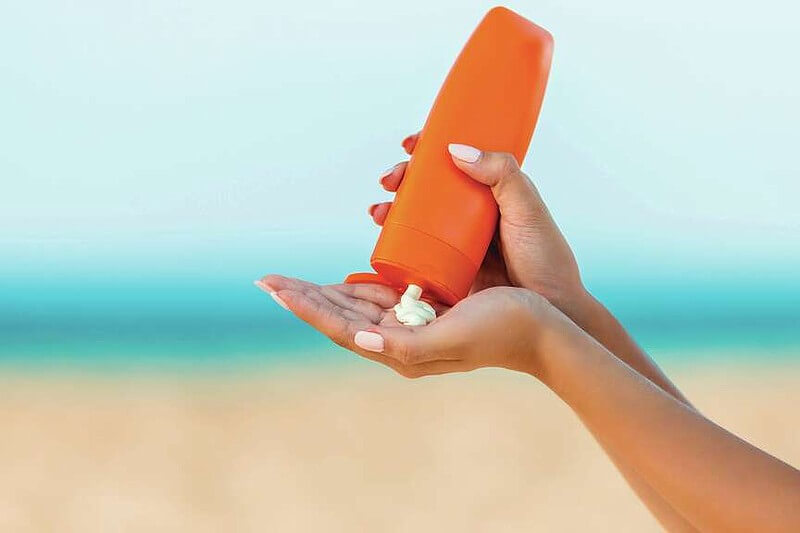Read Full Article HereTEXARKANA, Texas– With temperatures expected to approach 100 degrees, and many outdoor activities happening in Texarkana, a local dermatologist offers tips on protecting your skin from harmful ultraviolet rays and reducing the risk of skin cancer.
Brooke Raney from U.S. Dermatology Partners Texarkana emphasized that the best protection is physical protection such as hats, sunglasses, or protective clothing.
“The other option of protection is of course sunscreen, which I always recommend to my patients a sunscreen that is SPF of 30 or higher,” Raney said. “The key to the sunscreen is that you do have to reply every two to three hours.”
Skin cancer is the most common form of cancer in the United States, according to the Centers for Disease Control and Prevention. Most skin cancers are caused by too much exposure to ultraviolet light. Protection from UV rays is important all year.
C.J. Cartledge Jr., a meteorologist at KSLA News 12, emphasized that temperatures are expected to increase to the upper 90s and possibly the 100s briefly over the weekend and into much of next week, due to high pressure moving eastward into the area.
“Heat indexes also known as the feels-like temperatures can reach 105 or above, which would potentially lead to heat advisories being issued for Texarkana and around the ArkLaTex,” Carledge said.
Raney mentioned that during this time of year, it’s common for people to get sunburned. Despite using sunscreen, many individuals still get burned because they often fail to reapply it regularly.
She noted that the difference between SPF 30 and SPF 100 is minimal, but 30 an individual gets more sun protection.
“Really, the SPF plateaus so there’s not a whole lot of protection difference between the two,” she said. “I just tell patients to try to get at least 30.”
For those concerned about skin cancer, Raney recommends following what she calls “the ABCDE Rule” for monitoring melanoma, moles, or spots. The guideline helps identify potential melanomas or other suspicious growths.
“A is asymmetries if one half doesn’t match the other half, B is for the border so the edges of the mole or the spot has become ragged, blurry, or spread to the surrounding skin,” Raney said. “C is color, so if it has gotten darker or uneven pigmentation within it.”
Raney went on to say that “D” is for diameter, anything bigger than the size of the end of a pencil eraser is something to possibly be concerned about and should be looked at by a dermatologist.
Lastly, E, is for evolving, if the spot or mole begins to change in color, size, shape, surface, or symptoms.
“For example, if you have a spot on your arm or face and when you hit it it’s sore or bleeds that calls for concern,” Raney said.
The CDC suggests that the UV index forecasts the strength of UV rays each day. If the UV index is three or higher in the area, protect the skin from too much exposure to the sun.
Meteorologist Cartledge suggests individuals stay hydrated, stay in the shade if possible, or limit time outdoors.
Raney emphasized that sunburns are caused when an individual spends a lot of time in the UV and a person’s skin gets a lot of UV exposure.
“I tell my patients to treat it by drinking lots of fluids because your blood flow is coming to the surface of the skin trying to heal that sunburn,” Raney said. “So, you have fluid loss so staying hydrated is one of the most important things.”
She also suggested a cool compress or cool shower, as well as a thick moisturizer.
Summer sun brings call for skin protection
June 22, 2024








